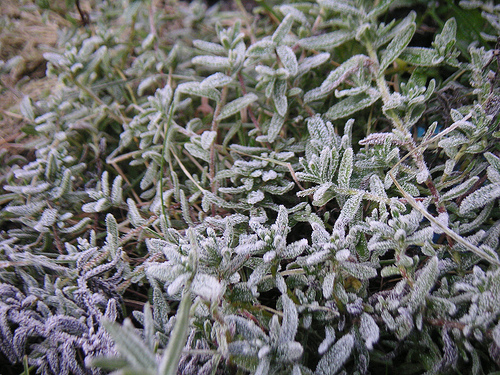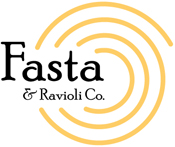-

Erin Donahue -

Christina Barkanic -

Brittany Trott -

Emily Wiley -

Jessica Reilley -

Chris Raines -

Will Nichols -

Emily Reddy -

Michele Marchetti -

Michele Frank -

James Gherardi -

Kit Henshaw -

Christina and Erin -

Kim Tait -

Erin McKinney -

Steve Spanelli -

Sam Komlenic -

Katherine Taylor Grofic -

James Eisenstein -

Jamie Oberdick -

Anna Lombardo -

LacCreta Holland -

Tony Ricci -

Local Food Journey -

Laura Young -

Kristin Camplese -

Harrison's Fresh + Local -

Danielle Matalonis -

Kristine A. -

Linda Weaver -

Naomi Elle Schwartz -

Dana Stuchul -

Cara McShane -

Brittany Smith -

Jessica Illuzzi - Frosty
-

Jessica Paholsky -

James Sechrengost -

Brad Yeckley -

Maya Althouse -

Jordan Reabold -

Kim Chase -

Maria Bryant - Alexandrea Scott
How to plan for frost in your garden
Posted by Jamie Oberdick on 09/06, 2013 at 08:48 AM

Frost on winter savory plants
Last night was quite chilly for a lot of people in central PA but it seems that many of us escaped frost. However, the slow march of the seasons are inevitable, and eventually there will be frost on the Happy Valley pumpkins. Frost or even temperatures below 40 are very bad for plants like tomatoes, basil, beans, cucumbers, etc. On the other hand, a lighter frost is okay for plants like beets, chard, broccoli, lettuce, cabbage, carrots, etc.
Here are some tips for both figuring out when your garden might get hit by frost, and what to do when it does.
How to figure out when it “might frost”
- Know when the average first frost/freeze will happen in your area.
- Frost forms best when winds are calm and skies are clear due to a phenomenon called radiational cooling. The clear skies and calm winds allow heat near the ground to escape much more easily (lower clouds create a greenhouse effect on a grand scale). One thing to keep in mind, if it’s breezy when you go to bed, it might not stay that way. Pay attention to weather forecasts.
- Speaking of weather forecasts, heed any frost advisories or freeze warnings issued by the National Weather Service. While not perfect and despite the absolute myth that weather forecasts are always wrong, much of the time you get frost when these are issued. Not sure if you are under an advisory or warning? Go to the National Weather Service State College site and type in your zip code in the box titled “Customize your Weather.gov.”
- Ever hear of the dew point? Often TV forecasters mention it during the broadcast, it’s a measure of how much humidity is in the air. If the dew point is higher than 45, you should be good.
- Low-lying plants sometimes are protected by the heat of the soil; however, taller plants like tomatoes do not get this protection.
- Your location can be a huge factor. Pay attention to where frost forms in areas around you when you are, say, driving to work in the early morning. How does it compare to your backyard? Is the frost thicker, more sparse, or even not there at all? You can judge what kind of microclimate for frost is present in your garden. Believe it or not, frost and temperatures can vary a good deal on a calm night just hundreds of feet away.
How to protect from frost
- Harvest what you can the evening before. Some things like tomatoes will ripen on the counter (or if not, there’s always fried green tomatoes). It’s better to be safe than sorry with frost.
- If possible and you want to extend the harvest, cover your garden with tarps. Be sure temperatures are at least in the upper 30s before you remove the tarps.
- For those veggies that can take a frost, good idea to mulch them heavily now. You can harvest things like parsnips, beets, arugula, lettuce, etc. well into late fall or even in some cases early winter as long as the ground isn’t frozen.
- If temperatures are expected to get below 40, harvest your most tender herbs like basil.
![]() Author: Jamie Oberdick
Author: Jamie Oberdick
Bio: Editor, Local Food Journey | Passionate about supporting local food in Central PA
- Our Local Food Journey comes to an end
- Winter isn’t a quiet time at the farm
- Get the taste of garden season right now by growing herbs indoors
- All you need to know about PASA’s Farming for the Future conference









NO COMMENTS